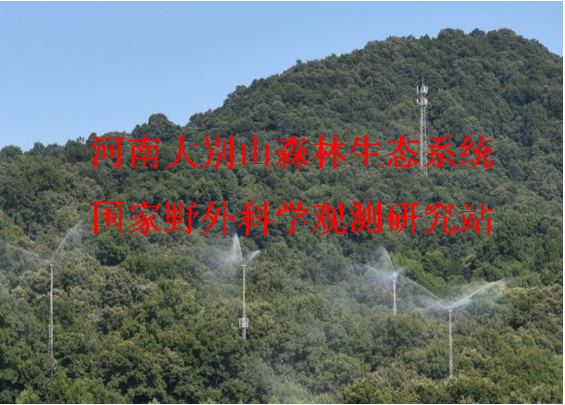Author: Zhang, C., J. Shen, Y. Sun, J. Wang, L. Zhang, Z. Yang, H. Han, S. Wan, and J. He.
Journal: FEMS Microbiology Ecology
Year: 2017
Volume: 93
Abstract
Global climate change could have profound effects on belowground microbial communities and subsequently affect soil biogeochemical processes. The interactive effects of multiple co-occurring climate change factors on microbially mediated processes are not well understood. A four-factorial field experiment with elevated CO2, watering, nitrogen (N) addition and night warming was conducted in a temperate steppe of northern China. Real-time polymerase chain reaction and terminal-restriction fragment length polymorphism, combined with clone library techniques, were applied to examine the effects of those climate change factors on N-related microbial abundance and community composition. Only the abundance of ammonia-oxidizing bacteria significantly increased by nitrogen addition and decreased by watering. The interactions of watering × warming on the bacterial amoA community and warming × nitrogen addition on the nosZ community were found. Redundancy analysis indicated that the ammonia-oxidizing archaeal community was affected by total N and total carbon, while the community of bacterial amoA and nosZ were significantly affected by soil pH. According to a structural equation modeling analysis, climate change influenced net primary production indirectly by altering microbial abundance and activities. These results indicated that microbial responses to the combination of chronic global change tend to be smaller than expected from single-factor global change manipulations.
Link

